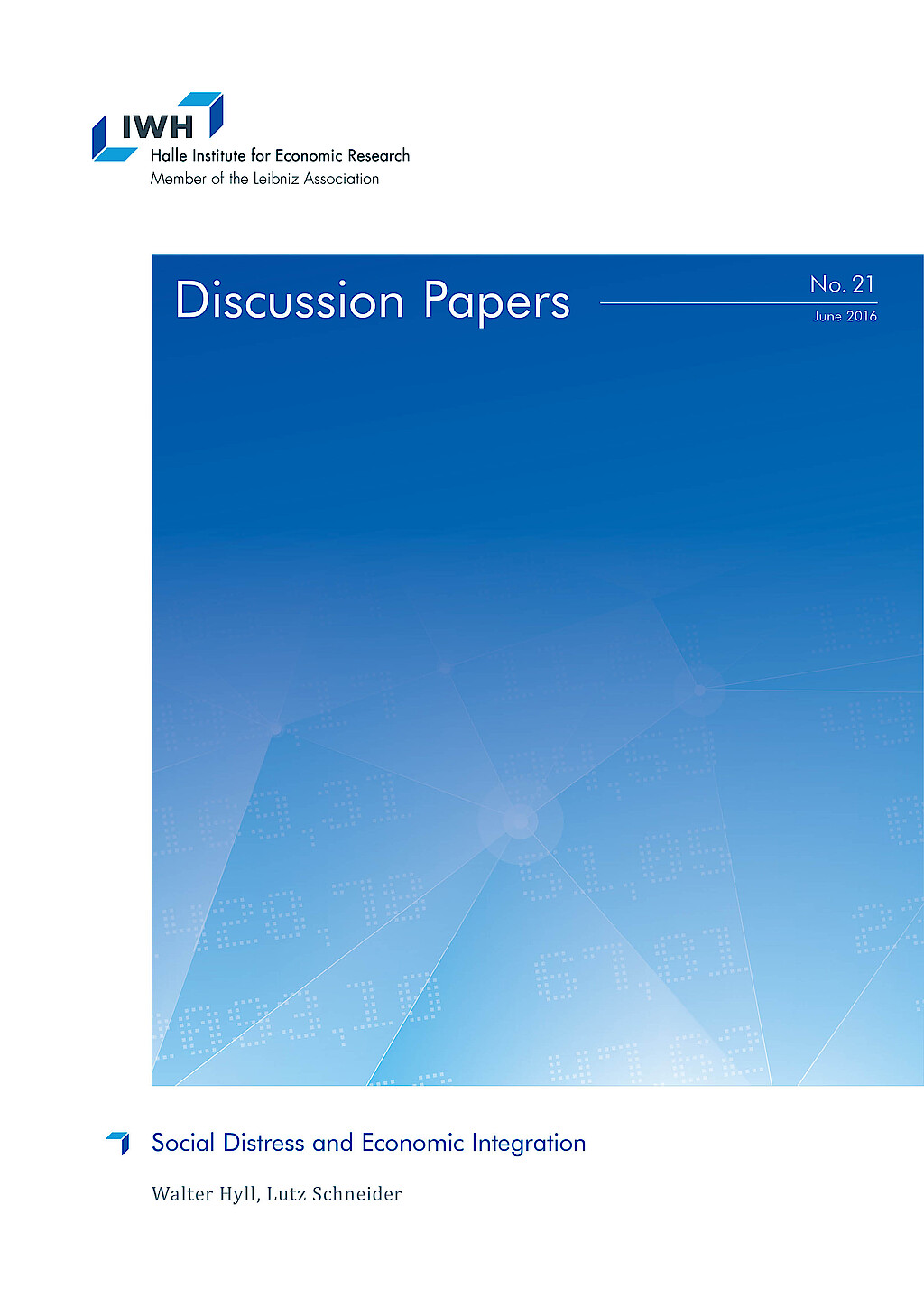
The unemployment-growth relationship in transition countries
Does the disappointingly high unemployment in Central and East European countries reflect non-completed adjustment to institutional shocks from transition to a market economy, or is it the result of high labour market rigidities, or rather a syndrome of too weak aggregate demand and output? In the case of transitional causes, unemployment is expected to decline over time. Otherwise, it would pose a challenge to the European Union, particular in case of accession countries, for it jeopardizes the ambitious integration plans of, and may trigger excessive migration to the Union. In order to find out which hypothesis holds 15 years after transition has started, we analyze the unemploymentgrowth dynamics in the eight new member countries from Central-Eastern Europe. The study is based on country and panel regressions with instrument variables (TSLS). The results suggest to declare the transition of labour markets as completed; unemployment responds to output and not to a changing institutional environment for job creation. The regression coefficients report a high trend rate of productivity and a high unemployment intensity of output growth since 1998. The conclusion is that labour market rigidities do not to play an important role in explaining high unemployment rates. Rather, GDP growth is dominated by productivity progress, while the employment relevant component of aggregate demand is too low to reduce substantially the high level of unemployment.




